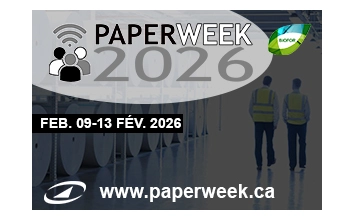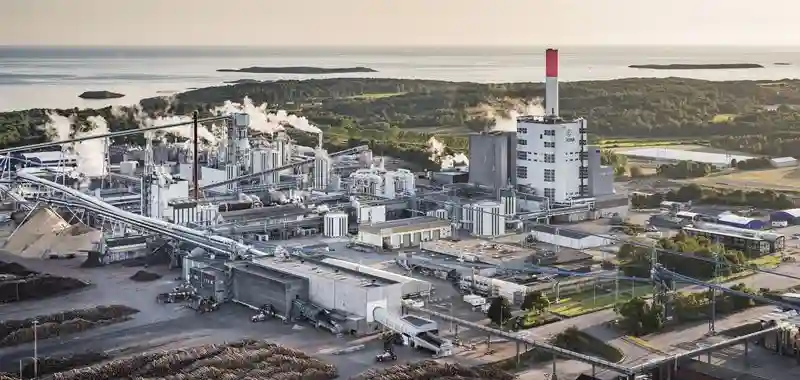The pulp and paper industry is at a pivotal moment. Across the globe, mills face the twin challenges of reducing carbon emissions and rethinking resource use to align with circular economy principles.
Rising energy costs and sustainability expectations are pushing operators to innovate, proving that environmental responsibility and operational efficiency can go hand in hand.
A tissue paper plant recently replaced fossil LPG with renewable bio-syngas, cutting carbon emissions while maintaining stable production. This transition reflects a broader shift toward integrating renewable energy sources into mill operations. At the same time, the Magnon biomass plant implemented Schneider Electric upgrades that enhanced control systems, reduced energy waste, and increased reliability—demonstrating that efficiency and sustainability often reinforce each other.
Circularity is also reshaping material strategy. Metsä Board is exploring smarter packaging designs that optimize material use, reduce waste, and improve product performance. By treating resources as part of a closed-loop system, mills can extract more value from each fiber and minimize environmental impact, showing that circularity can drive both innovation and commercial benefits.
Together, these examples illustrate a future where decarbonization and circularity are no longer aspirational goals—they are practical, measurable strategies shaping operations and investments. For mill managers, engineers, and sustainability leaders, the question becomes: how can your operations integrate renewable energy and smarter material use most effectively? What challenges need to be addressed, and which innovations could deliver the greatest impact? Considering these questions can help mills position themselves for long-term success while advancing both performance and sustainability.
























































